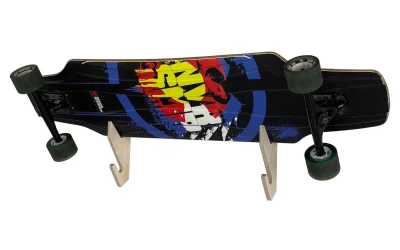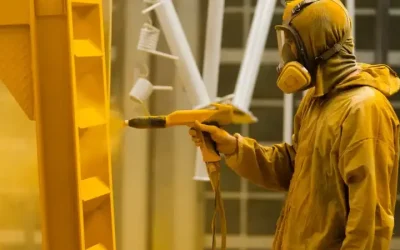Co extrusion is a sophisticated manufacturing technique that simultaneously extrudes two or more materials via a single die to produce a multi-layered result. This method combines multiple polymers or materials, each contributing unique qualities to the final product. By enhancing product performance, durability, and appearance, co-extrusion becomes highly valued.
In this process, an extruder receives the ingredients, melts them, and presses them through a die to produce the desired product. The result is a composite with layers that can offer various functionalities, including increased strength, better barrier characteristics, or enhanced visual appeal. This technique finds excellent application in many sectors, including building, automotive, and packaging.
Co-Extrusion’s Uses and Benefits
The capacity to create intricate, multi-layered products with a variety of advantageous qualities is one of coextrusion’s main benefits. For instance, the packaging sector uses co-extrusion to produce films with layers serving multiple purposes. These layers can create barriers against moisture, air, and light, therefore preserving packaged items from damage.
The automotive industry uses co extrusion to create components that require both structural strength and attractive finishes. Using co-extrusion allows producers to create parts that combine a high-quality surface finish with stiffness, therefore improving the general performance and look of cars.
The adaptability of this manufacturing technique also extends to unique applications. Custom extrusion solutions allow for the tailoring of items to meet specific needs, such as unique material combinations or precise thicknesses, thereby fulfilling particular requirements. For companies needing customized solutions for their products, this technique is highly valuable due to its flexibility.
Enhancing Durability and Efficiency:
The building sector employs advanced manufacturing techniques to produce high-performance materials. For instance, multi-layered window profiles and siding are designed to offer enhanced structural support and weather resistance. These durable products not only reduce maintenance needs but also improve energy efficiency.
In the production of insulation materials, similar techniques are utilized to create products with superior acoustic and thermal properties. This results in increased interior comfort and contributes to energy savings.
The Future of Technology
Technological development alters the potential of co extrusion. Innovations in material science and extrusion technology are enabling even more complex uses. Future research could lead to new materials with improved qualities, increasing the possibility of co-extrusion applications.
The need for environmentally friendly products also fuels the development of co-extrusion technology. By combining several materials, manufacturers can produce goods with fewer resources, achieving exceptional performance even with fewer resources. This fits the worldwide drive toward more environmentally friendly manufacturing methods.

